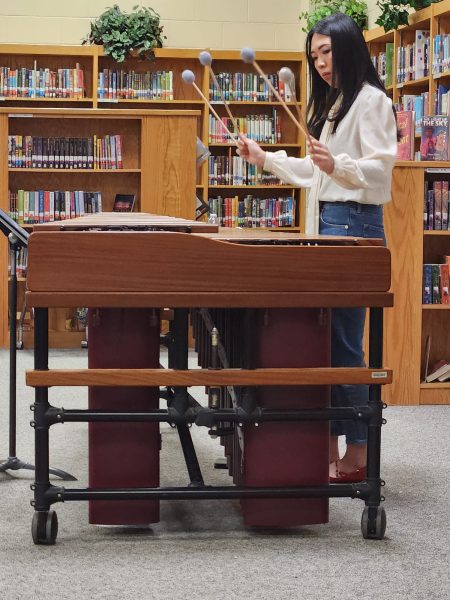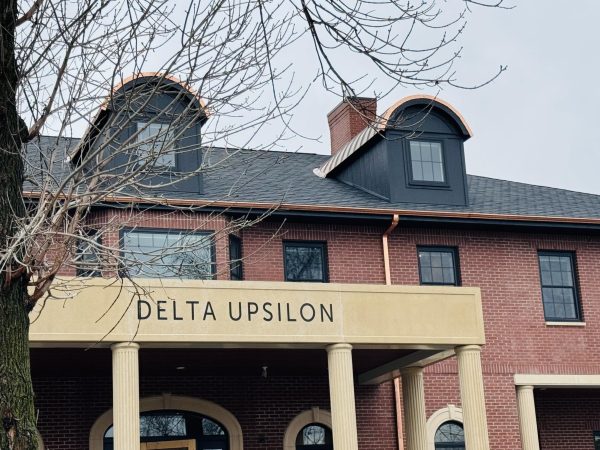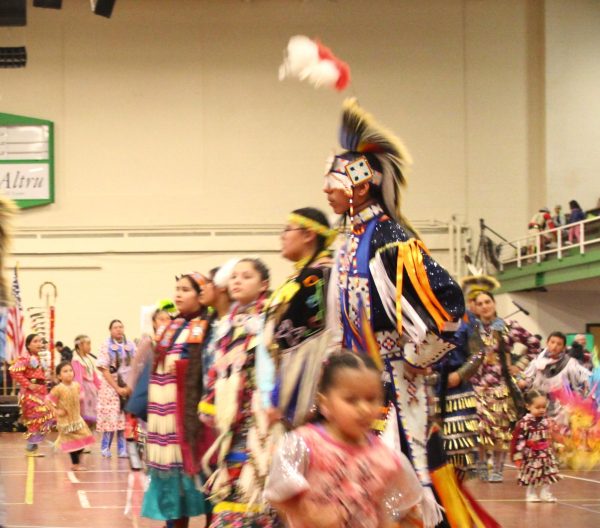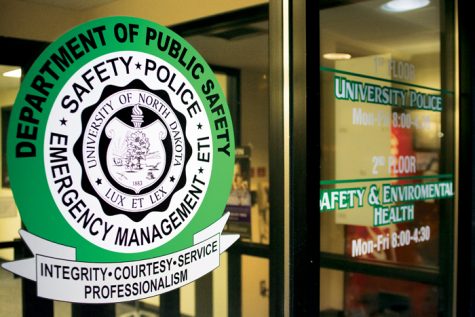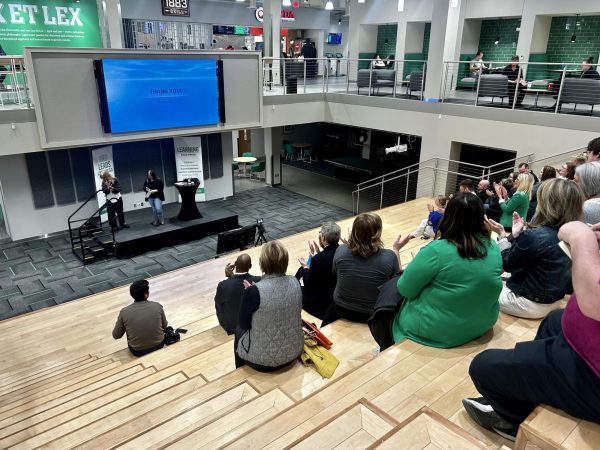Voting in North Dakota
On June 14, North Dakotans will have the opportunity to cast their vote for a variety of candidates and a statewide ballot measure.
To be eligible to vote in North Dakota, a person must be a U.S. citizen, at least 18 years old, a North Dakota resident and a resident in their precinct for 30 days preceding the election.
While North Dakota is the only state in the U.S. that doesn’t require voter registration, voters must present an eligible ID in order to vote in North Dakota. Eligible ID’s include the following: current driver’s license or non-driver’s identification card, tribal government issued identification and long-term care certificate (provided by ND facility).
All ID’s must have an address listed. Student ID’s are not a valid form of identification for voting in ND.
For some students, this may mean that they will need to change their address. It is possible to do this quickly online at the North Dakota Department of Transportation’s website: https://apps.nd.gov/dot/dlts/dlos/addressDriverSearch.htm. This will not result in being sent a new ID, but it will update the NDDOT’s system for residency purposes.
If your address registered with the NDDOT does match the precinct in which you are attempting to vote, you will not be eligible to vote. The change in address has to occur 30 days before the election.
If you are not from Grand Forks and do not plan to vote in Grand Forks, there is no need to change your address.
For those North Dakotans who live outside the United States and do not possess one of these forms of ID, a passport or military ID is acceptable for voting absentee or via mail. Further instructions are available on the North Dakota Secretary of State’s website for those who are interested. Absentee ballots will be available beginning May 5 for the June 14 election.
Grand Forks residents will have the chance to vote for mayor. Wards 1, 3, 5 and 7 also will be holding elections for their City Council positions. Additionally, positions on the school board and park board will be voted.
Voters will also have the opportunity to vote in the party primaries June 14. Doug Burgum, Paul Sorum and Wayne Stenehjem are vying for the Republican nomination for governor. Stenehjem, the current attorney general of North Dakota, was endorsed by the Republicans at their state convention. State Rep. Marvin Nelson and state Sen. Joan Heckaman are running unopposed for the Democratic nomination for governor and lieutenant governor, and Marty Riske and Joshua Voytek are running unopposed for the Libertarian nominations.
On the ballot will also be a measure to change North Dakota’s laws regarding corporate farming. The North Dakota Legislature passed legislation in 2015 to put this measure on the ballot, and if passed, it would exempt dairy or swine operations of less than 640 acres from North Dakota’s ban on corporate farming.
For more information about the candidates, ballot measures and the voting process in North Dakota, visit the North Dakota Secretary of State’s website at http://vip.sos.nd.gov. Included on the website is a tool for finding out which voting precinct you reside in, which could be helpful for students who need to locate where they need to go to in order to vote.
Sean Cleary is the former editor-in-chief for The Dakota Student. He can be reached at [email protected]



